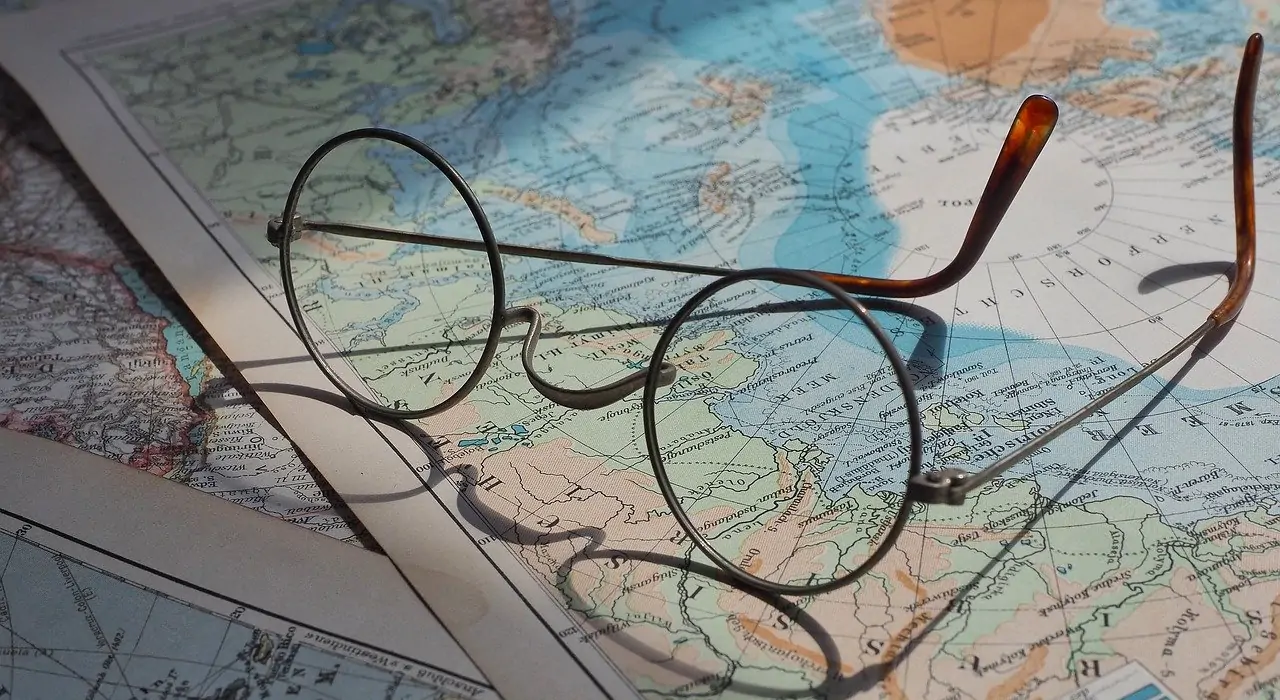When we use a map to navigate for others, we need to provide clear and accurate instructions, which typically include a series of commonly used verbs or verb phrases. These can guide people from one place to another without confusion. Today’s example from IELTS 14 test 2 serves as a good case to share with you on how to make clear navigations.
An Example from IELTS 14 Test 2 Section 2
The map and its listening script (original audio file) listening are displayed underneath:

…If you want to get a good view of the whole castle, you can (1) walk around the walls. The starting point’s quite near the main entrance – (2) walk straight down the path until you (3) get to the south gate, and it’s just there. Don’t (4) go on to the north gate – there’s no way up from there. There’ll shortly be a show in which you can see archers displaying their skill with a bow and arrow. The quickest way to get there is to (5) take the first left after the main entrance and (6) follow the path past the bridge, then you’ll see it in front of you at the end.
If you like animals, there’s also a display of hunting birds – falcons and eagles and so on. If you (7) go from the main entrance in the direction of the south gate, but (8) turn right before you get there instead of going through it, you’ll see it on your right past the first tower. At 3 pm, there’s a short performance of traditional dancing on the outdoor stage. That’s at the other side of the castle from the entrance, and over the bridge. It’s about ten minutes’ walk or so.
And finally, the shop. It’s actually inside one of the towers, but the way in is from the outside. Just take the first left after the main entrance, (9) go down the path and take the first right. It’s got some lovely gifts and souvenirs…
| # | Collocation | Usage Context | Explanation |
|---|---|---|---|
| 1 | walk around a place | walk around + noun (e.g., walls, park) | Refers to moving in a circular or exploratory manner around a location. |
| 2 | walk straight down | walk straight down + noun (e.g., path) | Indicates moving directly along a path without deviations. |
| 3 | get to a place | get to + noun (e.g., destination, gate) | Emphasizes arriving at a specific location after traveling. |
| 4 | go on to a place | go on to + noun (e.g., next destination) | Suggests continuing movement to another place after a prior stop. |
| 5 | take the first left | take + the first left + after + noun (e.g., entrance) | Indicates the action of making a left turn at a specific point. |
| 6 | follow the path | follow + the path (or road) | Refers to moving along a designated route or path. |
| 7 | go ... in the direction of a place | go + in the direction of + noun (e.g., gate, tower) | Indicates movement aimed toward a specific location. |
| 8 | turn right | turn + right (or left) | Refers to changing direction to the right or left. |
| 9 | go down the path | go down + the path (or street, road) | Indicates moving along a path that descends or leads further in. |
